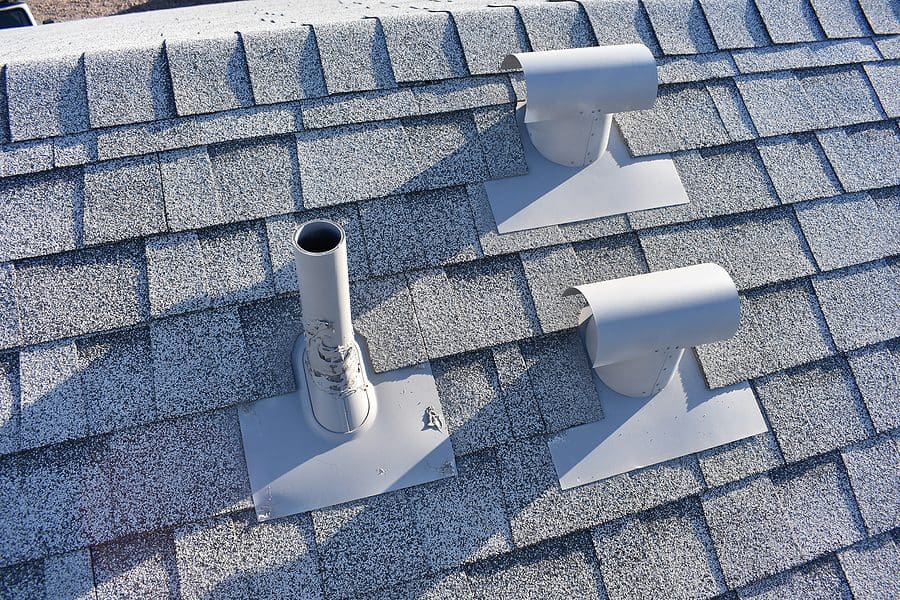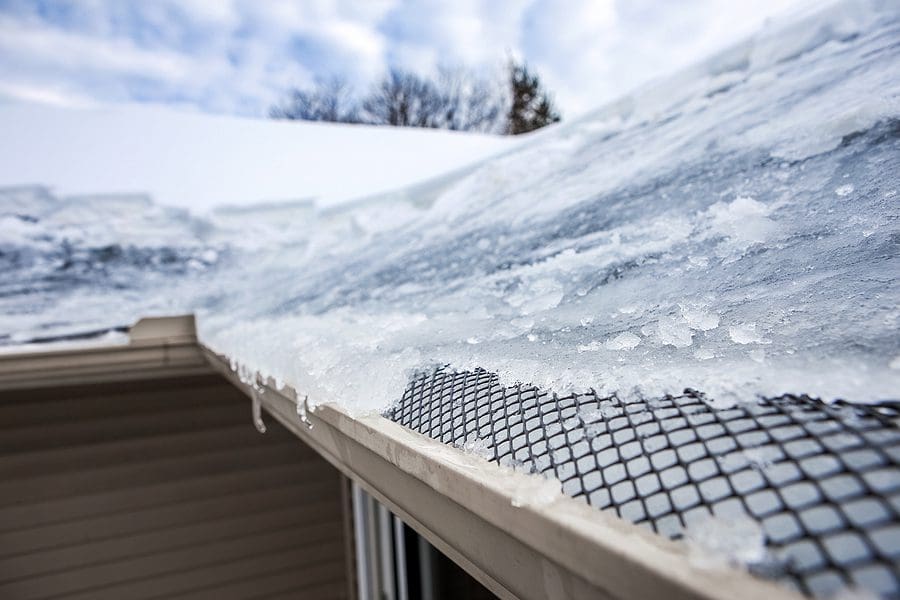Roof ventilation might sound like a technical term that’s reserved for roofing professionals, but in reality, it plays a pivotal role in every homeowner’s life. Simply put, roof ventilation refers to the system that ensures continuous airflow between your attic and the outdoors. This system is designed to push out hot, moist air from your home and replace it with cooler, fresh air. This exchange is paramount, not just for the comfort of those residing beneath the roof, but for the health and longevity of the roof itself.
Benefits of Proper Roof Ventilation

The merits of having a well-ventilated roof are numerous. Firstly, during hot seasons, a well-ventilated roof can considerably reduce indoor temperatures, making living conditions more comfortable without over-relying on air conditioners. Consequently, homeowners can witness a significant reduction in their energy bills. Furthermore, proper ventilation can reduce the risk of shingle damage, which occurs when heat and moisture get trapped in the attic. Shingle damage can lead to premature roof aging and hefty repair costs. And lastly, maintaining optimal airflow prevents the buildup of moisture, thus reducing the risks associated with mold growth and wood rot.
Types of Ventilation
Ventilation solutions vary, and while the underlying principle remains the same, the type of vent chosen largely depends on the structure and needs of the property. Here are some common vent types:
Wind Turbines: Often seen spinning on rooftops, these harness wind power to draw out hot air from the attic.
Power Vents: Also known as electric-powered attic fans, these use electricity to extract warm air. They usually come with thermostats to optimize their operation.
Box Vents: These static vents, with no moving parts, rely solely on natural convection to let hot air rise and exit the attic.
Ridge Vents: Running along the peak of a roof, these vents ensure uniform air movement from the attic.
Cupola Vents: Beyond their aesthetic appeal, these small structures on top of roofs act as exhaust vents, allowing hot air to rise and flow out.
Soffit Vents: Positioned under the eaves of the roof, these allow fresh air to enter the attic, facilitating a continuous airflow.
While all these vents have residential applications, commercial properties might need specialized systems or combinations to cater to larger spaces and specific structural designs.
Warning Signs of Poor Ventilation

Recognizing a poorly ventilated roof can save homeowners from impending repairs. Signs include:
Overheated Interiors: Especially during summer, if your upper floors become uncomfortably hot, it might be due to poor roof ventilation.
Ice Dams in Winter: These occur when heat from the attic melts snow on the roof, which then refreezes at the edges, causing damage.
Moisture and Mold: If you spot dampness, mold, or mildew in the attic, it’s a clear indication of inadequate ventilation.
Frost on Underdecking: Come winter, if you witness frost on the plywood underdecking of your roof, it’s a sign that warm, moist air is trapped due to poor ventilation.
Proper roof ventilation is crucial for both the comfort of residents and the longevity of the roof. Wagner Roofing recommends periodic checks and consultations with roofing professionals to ensure your home breathes right!